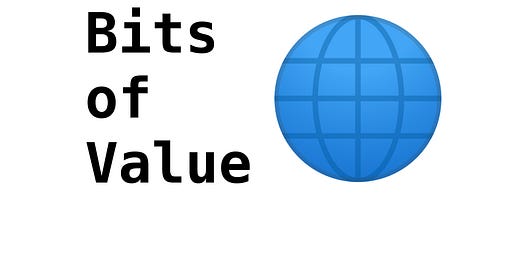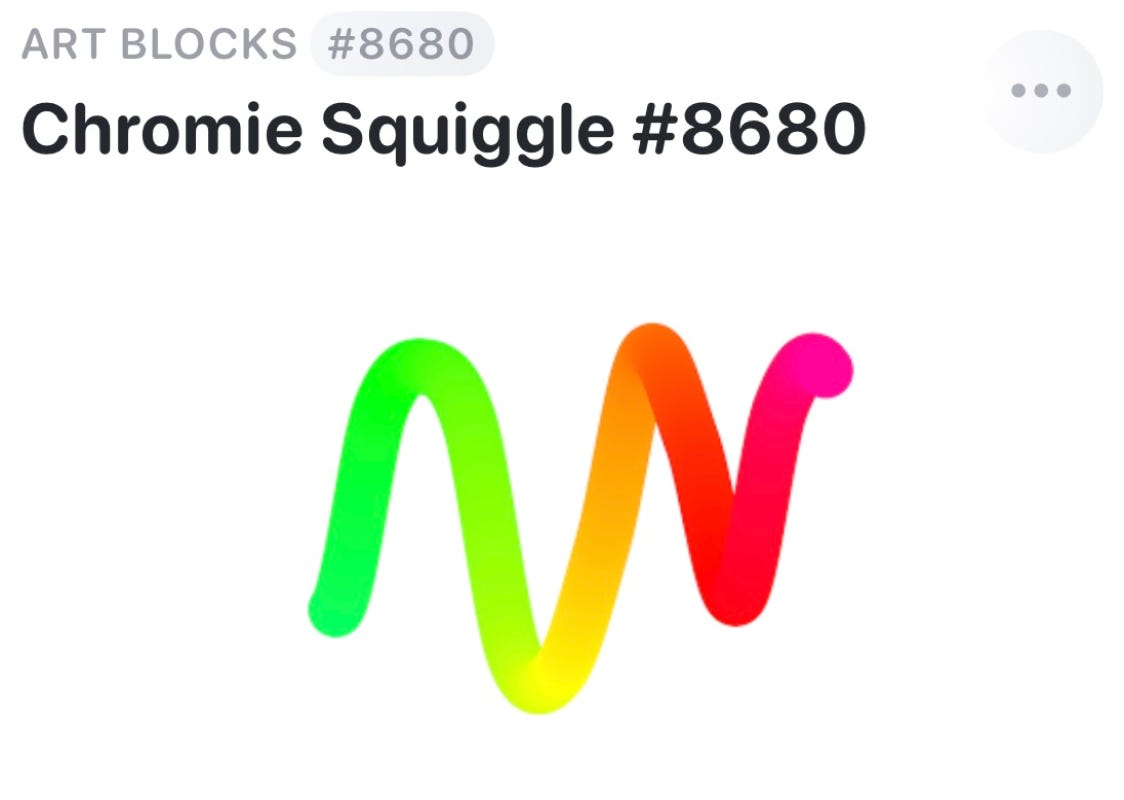One of the most exciting things decentralization enables is the transfer bits of value alongside bits of information. For two decades we’ve been using forums, contributing to Wikipedia, crawling the Web, and exchanging files. When you stop and think about it, it’s shocking that our ability to transfer bits of information hasn’t created an equally open and permissionless way to transfer bits of value.
In the shadow of NFT-mania, there is an incredible amount of innovation happening around protocol governance, community building, and DAOs.
Some of this experimentation is related to and in support of art-focused NFTs; some takes more recognizable forms akin to investment clubs or cooperatives. In all cases the goal is to create a more equitable relationship between the employees, investors, and users of a network.
Here are a few of the ways we’re transferring bits of value through decentralization. Some of the examples below include governance rights alongside a transfer/share of value. I’ll cover governance in a future post.
Community Access Tokens
Artblocks is one of the pioneers of generative art on the blockchain. It’s first project was Chromie Squiggle which includes just under 10,000 unique works represented as NFTs on the Ethereum blockchain. As of mid-April, Squiggle owners, verified by the address that holds the NFT, can join the non-affiliated (but likely blessed) SquiggleDAO. The DAO aims to become the largest collector of generative blockchain art in the world and two weeks after launch is reported to have over $1M in its treasury. Those treasury contributions have come in the form of multi-Squiggle owners donating a Squiggle, which presumably gets resold on OpenSea. The newfound utility of Squiggles, plus the recycling of Squiggle’s to fund the treasury correlates to a near doubling of the floor price of a Squiggle from ~0.25E to ~0.5E.
$SQUIG is not asset backed, meaning holders have no claim to the treasury and there is no plan to distribute financial rewards to $SQUIG holders. Presumably the value of $SQUIG will rise in correlation to SquiggleDAO’s assets and influence, however, the primary incentive to own $SQUIG is its access rights. Access to what? We’re not quite sure and that’s part of the fun.
Usage Tokens
Usage tokens are distributed to participants in protocols like Uniswap and Compound. Usage tokens are meant to explicitly recognize the role users and other participants play in the success of a protocol. They incentivize behaviour that benefits all users and in doing so act as a sort of bootstrap and backstop for the desired network effects of the protocol. Incentives are Web3’s carrot, while lock-in is Web2’s stick.
Usage tokens require careful implementation so that speculators and other bad actors don’t assume control of the narrative and community. If you thought Bitcoin and Telsa were a religion wait until you see some of the communities pumping the value of tokens that have no obvious utility or traction beyond speculation. There is a reason terms like apeing, bag, and degen are common lexicon within crypto.
Investment Return Tokens
These are tokens that represent a principal investment and the expectation of positive returns. These tokens are an on-chain version of an index fund, investment club, venture fund, or other return-seeking structure from traditional finance. Because these structures are represented on a blockchain they can be open to anyone, funded anonymously, and governed transparently.
For example, the Set Protocol allows anyone to create an index fund of tokens. The most popular of such funds in the DeFi Pulse Index which is made up of tokens with high community engagement as measured by the total value locked in their protocol. For example, the usage tokens I mentioned above, $UNI and $COMP, are represented in the DeFi Pulse Index. Anyone can buy the DeFi Pulse Index and there is no cap on the number of participants or contribution amount.
Neptune DAO is registered as a Delaware LLC and exists to generate yield for members. Yield is primarily generated through lending, staking, and providing liquidity. As a Delaware LLC the Neptune DAO is limited to 99 accredited investors and therefore doesn’t share the access and openness of some of the other structures discussed above. Neptune DAO, leverages a framework developed by Open Law. The Open Law framework seeks to use existing legal and organizational frameworks to advance digital community governance and the tokenization of assets. It’s sort of like the difference between the Coinbase approach (ask to be regulated) and the Uniswap approach (autonomous software with no regulatory precedent). Open Law and other DAO frameworks are a topic I’ll explore here in the next few weeks.
It’s important to understand that what is enabling the transfers of value above is of course imperfect. Governance models, crypto-wealth, high transaction fees, speculation, and a variety of other forces are shaping our experiments and impacting our ability to transfer bits of value in more accessible and equitable ways. What we are learning today will not only inform our experiments in the future but will be a composable layer upon which we can build those future experiments. It’s still early.




